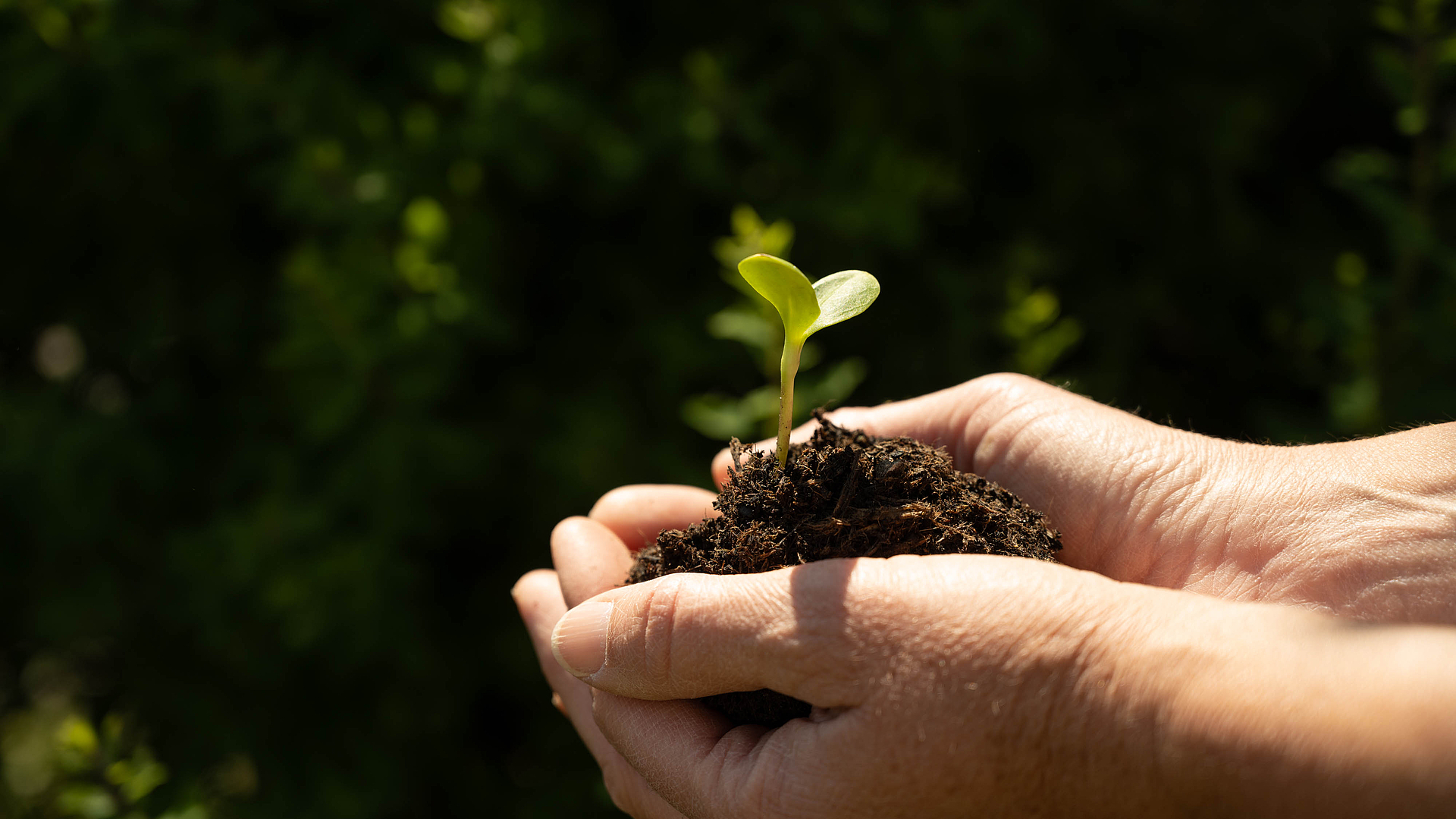
Regrowing new life out of scraps
Growing new carrots out of carrot tops? It works! And this regrowing process, which involves growing new vegetables out of scraps, is bang on trend. Read on to find out which veggies you can regrow and what you need to bear in mind so that it actually works.
How to get the most out of your vegetable scraps
Nature is impressive: even vegetables that were harvested long ago and stored for a few days or even weeks can continue to grow and multiply. When ‘regrowing’ vegetables we make the most of this fact. Just like the upcycling trend, the current regrowing trend can also bring more sustainability into your everyday life. It gives you the chance to reuse food scraps and therefore to reduce waste.
Regrowing is not only sustainable, it’s also a wonderful and very easy way to do a bit of gardening, even if you live in a city apartment. That way, you can enjoy growing your own vegetables even if your crop is smaller than when you cultivate young plants. Another way to turn your apartment into an edible urban jungle is by planting herbs or avocado trees. Here too you can grow new plants out of an avocado stone or the seeds of last year’s basil flowers.
Easy and effortlessly
The basic principle of regrowing is very simple: you don’t need any particular equipment for it and you can get started straight away. You’re bound to have some vegetable scraps at home. To prepare them, simply put them in small glasses or dishes of water for a certain time. Depending on the vegetable, it will only take a few days for this ‘waste’ to grow roots.
You’re best to use vegetables whose stalk and leaves can be eaten, such as leaf salad, leek, celery or spring onion. You can also use the leftover tops of root vegetables such as carrots or parsnips for regrowing by regularly changing the water in the glass and transplanting the tops into the ground once they have formed new roots.
It’s a familiar problem: when old potatoes or onions start to spout or grow green shoots through their skin. However, these sprouted vegetables are perfect for regrowing. Simply plant them directly in the ground and leave them to multiply. You can regrow plants anywhere – whether in window boxes or directly in your garden.
Success in just a few steps
You don’t have green fingers? Here’s a step-by-step guide to help you reap the benefit of your vegetable harvests:
- Choose a location with enough light and heat, such as a windowsill.
- Cut the vegetable that you wish to regrow two to five centimetres above the roots (for leeks, for example) or below the tops (for carrots, for example). Please note: only use unblemished vegetables that don’t have any mould spots.
- Place the vegetable ends in a glass of water root-end down. For root vegetables, make sure that the tops are pointing upwards.
- Change the water every other day.
- After about two weeks, you’ll be able to harvest your newly grown lettuce or leek, etc. Root vegetables need to be planted in the earth so that they can continue to grow underground before being eaten.
Whether you wish to reduce your waste, grow cheap vegetables or simply try something new, we wish you lots of fun and all the best with your regrowing experience.